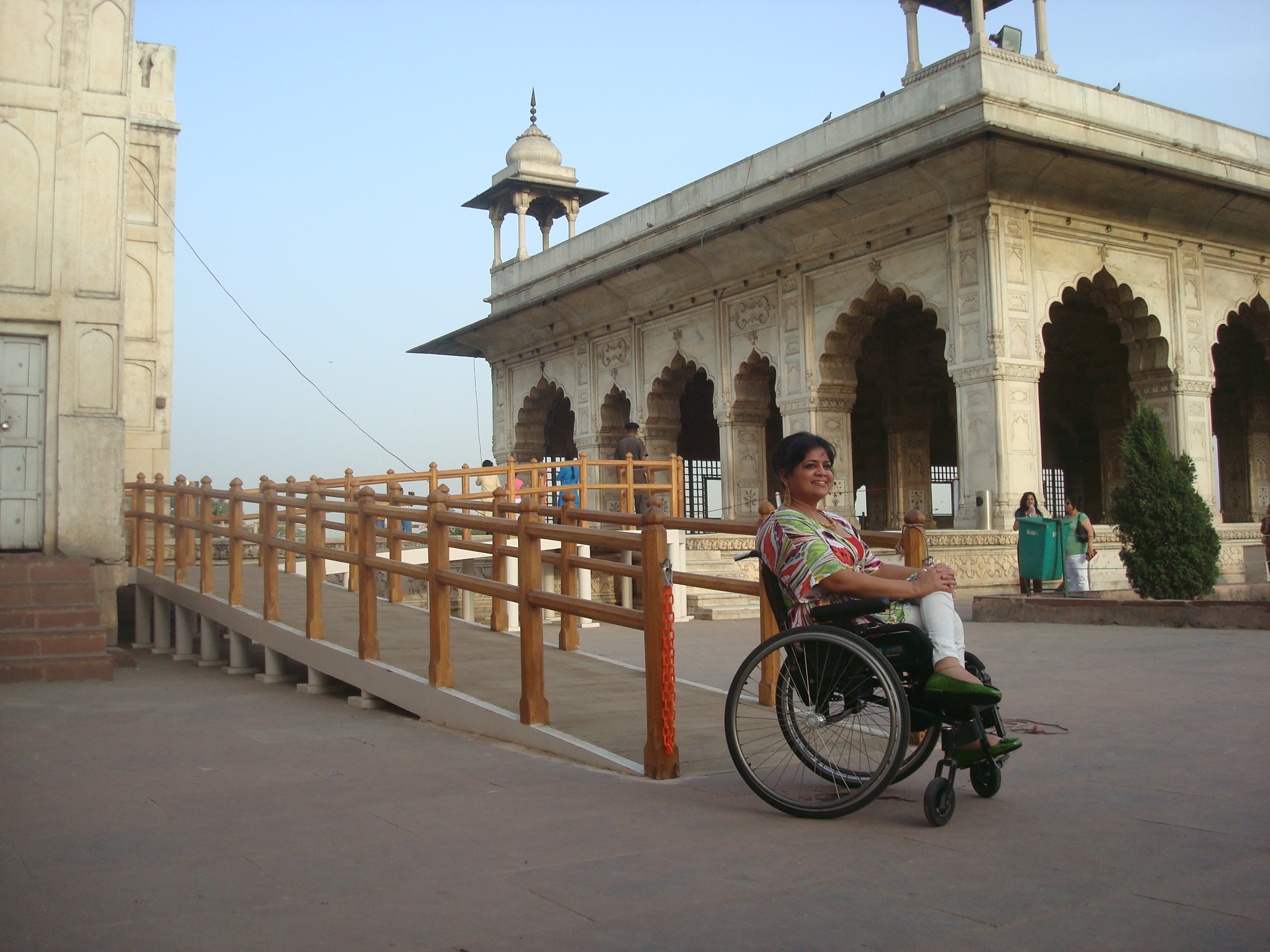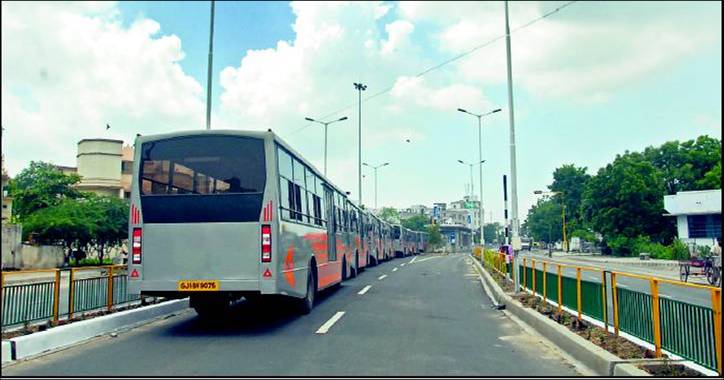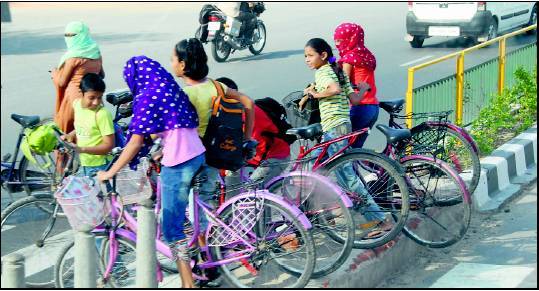Dear Friends,
“Priority for the Pedestrians” is a policy that all developed nations have adopted unequivocally for they consider every life important. Its not that Indian cities do not value the lives of their citizens but the pedestrian policy is just missing. On the other hand its the Car and other personal vehicles that get advantage over pedestrians.
Many argue that it is because those who make policy are car users and while making policy the general public is not consulted. But today the awareness is growing. Not only there is a need to discipline the traffic and orient them with “Pedestrian first” policy but also the pedestrian need to be disciplined.
However, the general argument put forward is that if there is no pedestrian infrastructure and roads are being continuously widened to accommodate the vehicles, where do the pedestrians go?
The rising number of accidents and majority of them being the pedestrian indicates the repurcussions of not having a pedestrian friendly infrastructure in place. The recent news report below sums up the death figures from National Crime Records Bureau.
regards
Svayam Team
Delhi’s Roads are the Deadliest
Delhi is the most unsafe city in India for pedestrians, government records show. The latest ‘Accidental Deaths and Suicides in India – 2008’ report of the National Crime Records Bureau (NCRB) says as many as 589 pedestrians were crushed to death on the Capital’s roads in 2008.
More people die on Delhi’s roads than any other Indian city of comparable size; in fact, Mumbai, with 3.6 million more people than Delhi, has only around half the number of road fatalities – 302.
So widespread is the problem of road accidents and deaths in the Capital that pedestrian fatalities outnumber murders (528 in 2008).
Overall, road accidents, including those involving two-, three- and four-wheelers, claimed 2,098 lives.
Which means close to 30 per cent of all road accident fatalities were pedestrians – nearly four times the national average of 8.7 per cent.
It is not just vehicles that kill pedestrians in Delhi. In 2008, open pits and manholes claimed 21 lives, the report says. Two-wheeler accidents accounted for 554 deaths on Delhi’s roads, while 151 people travelling in fourwheelers died in 2008.
Delhi is geographically much smaller than Tamil Nadu, Karnataka and Gujarat. But in terms of the number of accidental deaths on the roads, Delhi is close to them. The pedestrian death figures for Tamil Nadu, Karnataka and Gujarat are 662, 591 and 640 respectively.
More alarmingly, the report states, Delhi accounted for 29 per cent of all pedestrian deaths recorded in 35 Indian megacities that have a population of one million or more.
For instance, only 52 pedestrians died in Hyderabad in 2008, 74 in Bangalore, 29 in Pune, 62 in Jaipur and 71 in Nagpur for the same period. Chennai, Kolkata and Ahmedabad were the safest cities in India for pedestrians – not a single death was recorded in these cities in 2008.
The NCRB report shows that nearly a third of the deaths occur in the six- hour period between 6 pm and midnight, making pedestrians vulnerable at night.
Nationally, though, most road accidents take place between 3 pm and 6 pm.
A Delhi Traffic Police official said the remarkable increase in the number of cars in Delhi and the shrinking space for pedestrians is partly to blame for rising road accident deaths.
The NCRB report cites statistics provided by the ministry of road transport and highways – Delhi had nearly 4.5 million motor vehicles as on March 31, 2008. This figure has only gone up since.
Drivers are indisciplined too, the official said. According to the Delhi Police, 2.12 lakh people were caught for over- speeding in 2009, and another 6.17 lakh were caught jumping traffic lights. An unbelievable 12,109 drunk drivers were penalised in 2009.
Drink driving is another issue that the Capital is grappling with; it is a problem that claimed 2,165 lives in 2009, a Delhi Police official said. An NCRB official said it has information that pedestrian fatalities in Delhi are further up in 2009.
Dr S. Gangopadhyay, director, Central Road Research Institute, feels pedestrian facilities in Delhi leave much to be desired. “In developed countries, pedestrians are given the top priority,” he said.
“This is missing in Delhi. There are zebra crossings but most people don’t use them, most signals do not work. Worse, rash driving leads to high pedestrian deaths.” There are other faults that Delhi has, he said. Delhi may have constructed subways and foot- overbridges (FOBs) for pedestrians, but security inside the subways – especially for women – is a problem after dark. “Several pedestrians, including most women, refuse to use them due to security issues,” he said.
Rohit Baluja, president, Institute of Road Traffic Education (IRTE), said Delhi is a plain case of “near negligible” pedestrian facilities leading to the high fatalities.
“If there are adequate pedestrian facilities for safe walking, the casualties will come down,” he said. “Footpaths in Delhi do not support carefree walking as they are encroached upon mostly by parked vehicles. Hence, the pedestrian is forced to walk on the carriageway and risk his life.
Wherever pedestrian crossings exist, drivers don’t respect them.” He added: “At cross paths where there are no traffic signals, pedestrians have the right of way, but no one respects it. It is unfortunate that the government too has given emphasis only on motor transport and not to pedestrians.” Baluja said with the Commonwealth Games fast approaching, Delhi’s pedestrian facilities would be put to the test once the thousands of foreign tourists arrive.
“We are building pedestrian facilities now only because of the Games, while other countries do not wait for a mega event to something as basic as this.”



